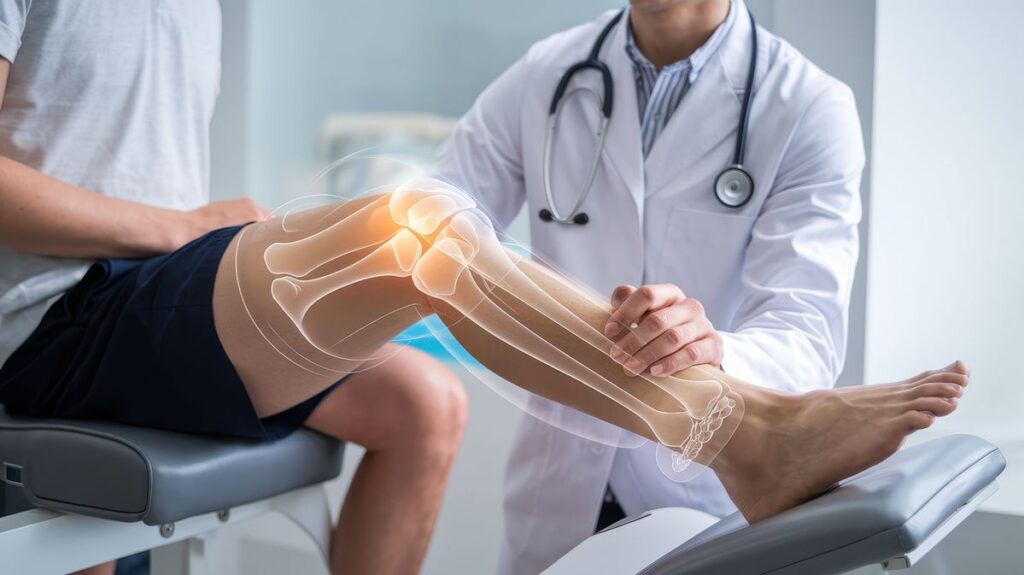
Bone Fractures: Prevention, Care, and Recovery Tips
A bone fracture occurs when a bone breaks due to excessive force, trauma, or stress. Whether it’s a hairline crack or a complete break, fractures require prompt attention to ensure proper healing. Common causes include sports injuries, falls, accidents, and osteoporosis-related weakness in bones.
Types of Bone Fractures
Fractures can vary in severity and type:
-
Simple (Closed) Fracture: The bone breaks but doesn’t pierce the skin.
-
Compound (Open) Fracture: The bone breaks through the skin, posing an infection risk.
-
Stress Fracture: Tiny cracks caused by repetitive force or overuse.
-
Comminuted Fracture: The bone shatters into several pieces.
Identifying the type of fracture helps doctors decide the best treatment plan for optimal recovery.
Prevention Tips for Bone Fractures
Prevention is the first step to strong and healthy bones. Here are some effective ways to reduce fracture risk:
-
Maintain Bone Strength: Eat a balanced diet rich in calcium and vitamin D.
-
Exercise Regularly: Weight-bearing exercises like walking and light strength training enhance bone density.
-
Avoid Falls: Use anti-slip mats, proper footwear, and good lighting at home.
-
Protective Gear: Wear helmets, knee pads, and wrist guards during sports or physical activities.
-
Regular Check-Ups: Especially for older adults, bone density tests help detect early signs of weakness or osteoporosis.
Immediate Care After a Fracture
If you suspect a fracture:
-
Immobilize the Area: Avoid movement to prevent further injury.
-
Apply Ice: Helps reduce swelling and pain.
-
Seek Medical Help Immediately: Visit an orthopedic specialist for an accurate diagnosis and treatment plan.
-
Avoid Self-Adjustment: Do not try to push a bone back into place on your own.
Treatment and Recovery
Fracture treatment depends on the location and severity. Common treatments include:
-
Casting or Splinting: To immobilize the bone for healing.
-
Surgery: For complex fractures requiring internal fixation with plates, rods, or screws.
-
Physiotherapy: Essential after cast removal to restore strength, flexibility, and mobility.
Recovery time varies from a few weeks to several months. Following your doctor’s advice and maintaining a nutrient-rich diet significantly improves healing outcomes.
Final Thoughts
Bone fractures can be painful, but with timely care, proper treatment, and consistent rehabilitation, full recovery is achievable.
As Dr. Vivek Bansal, one of the best orthopedic doctors in Chandigarh and Mohali, emphasizes:
“Strong bones today mean fewer fractures tomorrow. Prevention is always better than repair.”
If you experience pain, swelling, or limited movement after an injury, consult an orthopedic specialist immediately for the right guidance and care.